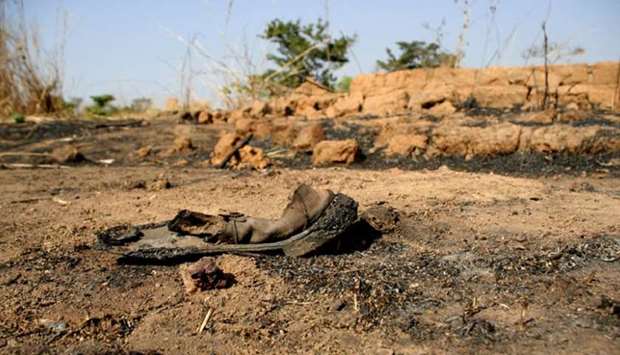Thousands more are also believed to have crossed the border but are in areas that are hard for aid agencies to reach because of difficult terrain or militia groups, said Andreas Kirchhof, a spokesman for the Office of the United Nations High Commissioner for Refugees.
The UNHCR recently tried to deliver aid to refugees near the border village of Bangassou but the trucks got stuck in mud so staff had to take the supplies through on motorcycles, he said.
There are just under 170,000 refugees from CAR registered in Congo, and many Congolese villages have been unable to cope with the influx, Kirchhof added, resulting in a lack of basic services such as health care and clean drinking water.
"Some (villages) have quadrupled in size. Even before, they had at best small health stations for their population. Often, there's not enough drinking water."
"According to the refugees, large areas of the border region are now without people. They say, all nurses, doctors and teachers have fled," he said.
The diamond-rich but poverty-stricken Central African Republic has been in crisis since late 2012, when violence broke out between Muslim and Christian rebel groups.
After a period of relative calm in 2016, fighting erupted again in early 2017 in various towns across the country.

A burnt village on the road to Bocaranga, northwest Central African Republic (file). Picture: IRIN/DFID
A flare-up of violence in the Central African Republic caused 64,000 more people to flee to neighbouring Democratic Republic of Congo between May and August, the UN's refugee agency said Tuesday, leaving many Congolese villages overwhelmed.
